From high society to health gurus: at home with the Russells
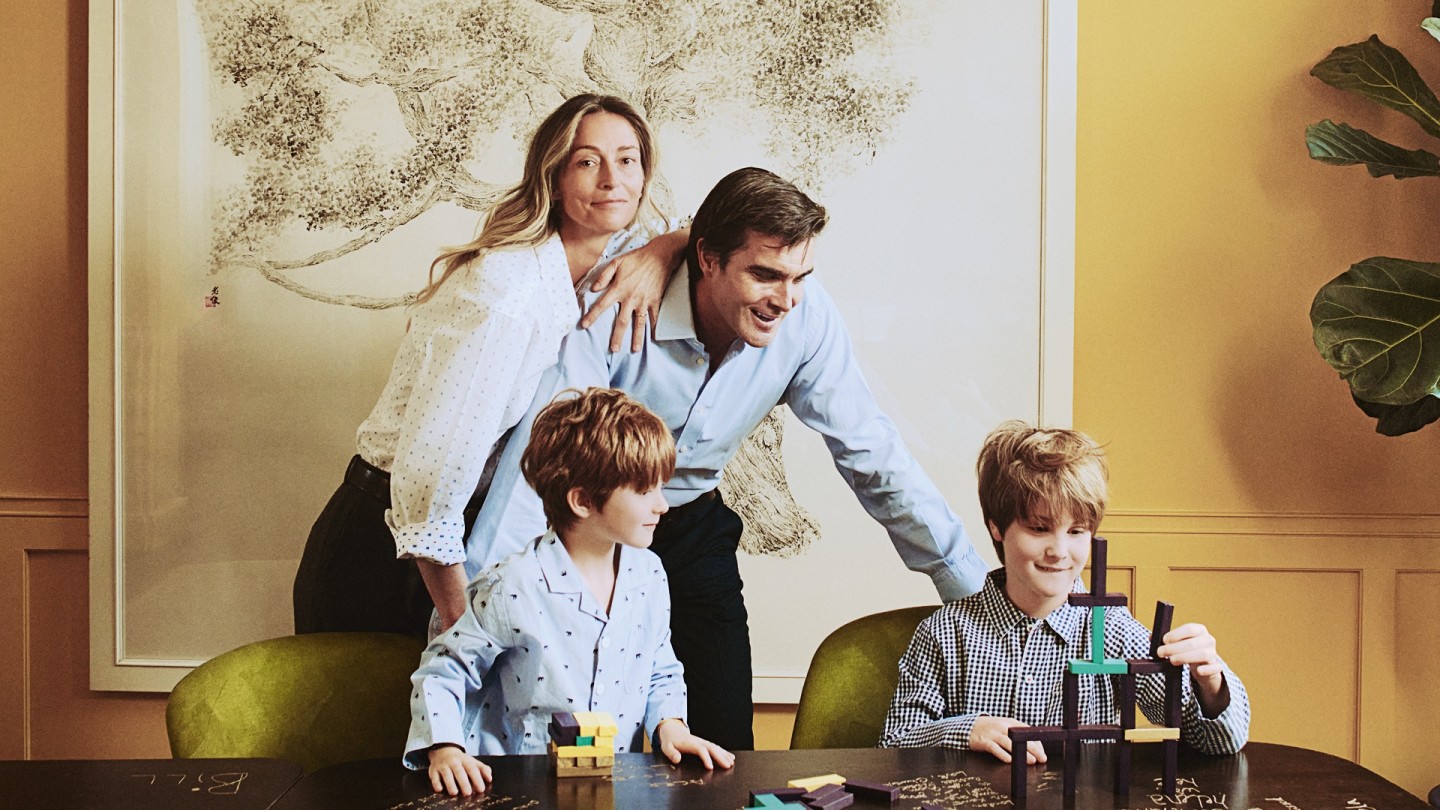
Roula Khalaf, Editor of the FT, selects her favourite stories in this weekly newsletter.
I have a feeling that Henry James would have liked Dawn and Jamie Russell. Recovering from an infection contracted during her fourth bout of surgery for stage-three cancer, Dawn – then a free-spirited 25-year-old from Greenwich Village – gets out of her Boston hospital bed, IVs in her limbs, swaddles herself in a large, quilted coat and is discharged for the day to pay a visit to a family friend.
The door is opened – not by the woman she was expecting but by a dashing Englishman who, Henry James would be delighted to learn, is the youngest son of the 14th Duke of Bedford, whose ancestral seat-turned-safari park Woburn Abbey has been home to the dynasty since 1547, and part of a family that owns that chunk of London called Bloomsbury. Lord Jamie Russell does his well-mannered best not to show he is irritated by this unexpected visitor to his godmother, from whom he is seeking relationship advice. He is trying to decide whether to end a long-term relationship. She is fighting cancer. Neither is looking for love.
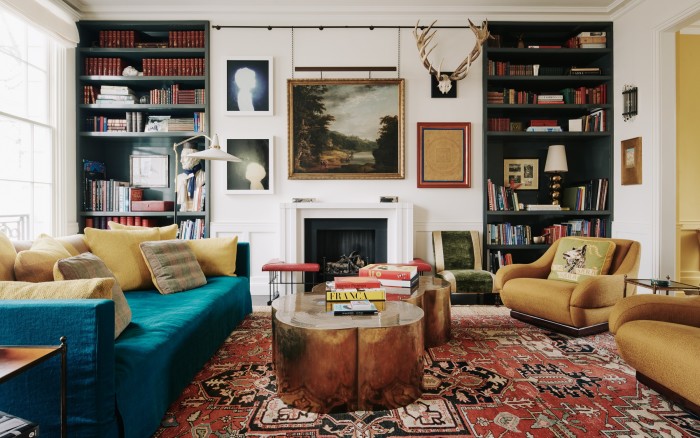
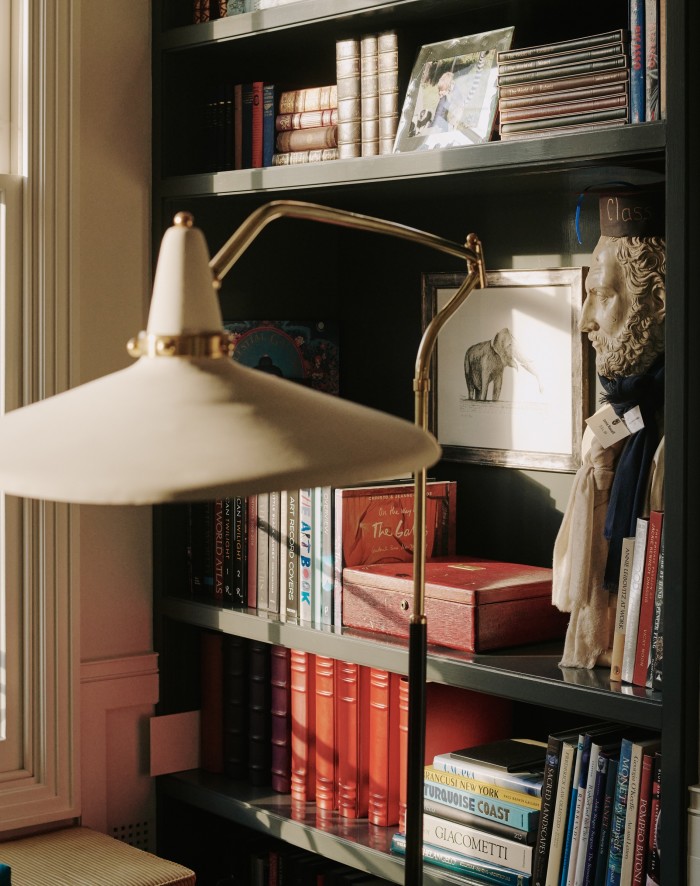
By coincidence, they discover that she will soon be undergoing treatment at Stanford Medical Center and he, having just graduated with a degree in art history from Harvard, is attending Stanford business school. While on the West Coast, they remain in touch, become friends, good friends and then confidants. “When Dawn was in remission and I had finally broken up with my girlfriend, my godmother called us both up the same day and said, ‘By the way, you both feel the same way about each other.’”
Within nine months they were engaged and then the whirlwind romance slowed to a gentle breeze. “We were engaged for three and a half years because planning to get married was rather like this house,” explains Jamie 20 years later, gesturing around the drawing room of the former convent that is their Notting Hill home. “I was, like, ‘Let’s have 600 people, church and organ music.’ Dawn imagined a wedding with her six best friends holding hands around us barefoot in a field.”
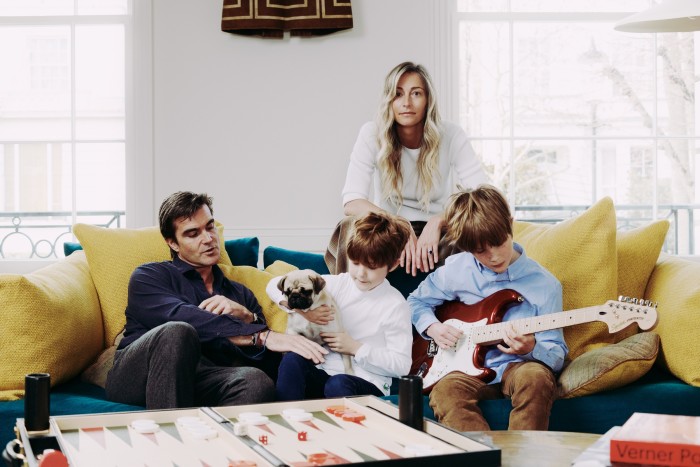
While Jamie’s family had been living in the same house for four and a half centuries, marinated in generations of dynastic memory, Dawn’s upbringing was itinerant. “My parents divorced shortly after I was born and my brother and I lived with my mom, a bohemian artist. We were the opposite of the white picket fence and local country-club members. We lived everywhere, from the northwest to New York, and went with her to Paris when she was studying at the Sorbonne. My brother attended boarding school in Switzerland and I was educated in New York, Massachusetts and Mexico City. My life with Jamie is really just opposite worlds coming together, which makes it kind of unusual,” observes Dawn in an accent that, like their life, is neither quite American nor entirely English, “but it actually brings the greatest outcome.”
Life has a way of falling into place for Dawn, who is all tumbling blonde hair and Gucci clogs. She brims with that stereotypically American can-do spirit of the school that teaches when life gives you lemons, make lemonade – or in this case, when life gives you cancer, make a greens-based effervescent-nutrient business.
She ascribes much of her recovery from cancer to her research into eating the right greens. “When I was sick, I had the time and the need to eat them in vast amounts, no matter the taste,” she says. “Friends used to say that my apartment looked like a cross between an apothecary and a vegetable market. Once we got married, we needed to wait as long as possible to have kids because my surgeons said, ‘Just don’t roll the dice, don’t mess with your hormones.’ But being a mother was the biggest dream of my life.” While pregnant, she took green nutrients intravenously, which was less than convenient. “I was a mom, I was a wife, I was running a house, life was getting busy, and I was wondering how I can get these greens in my real life?
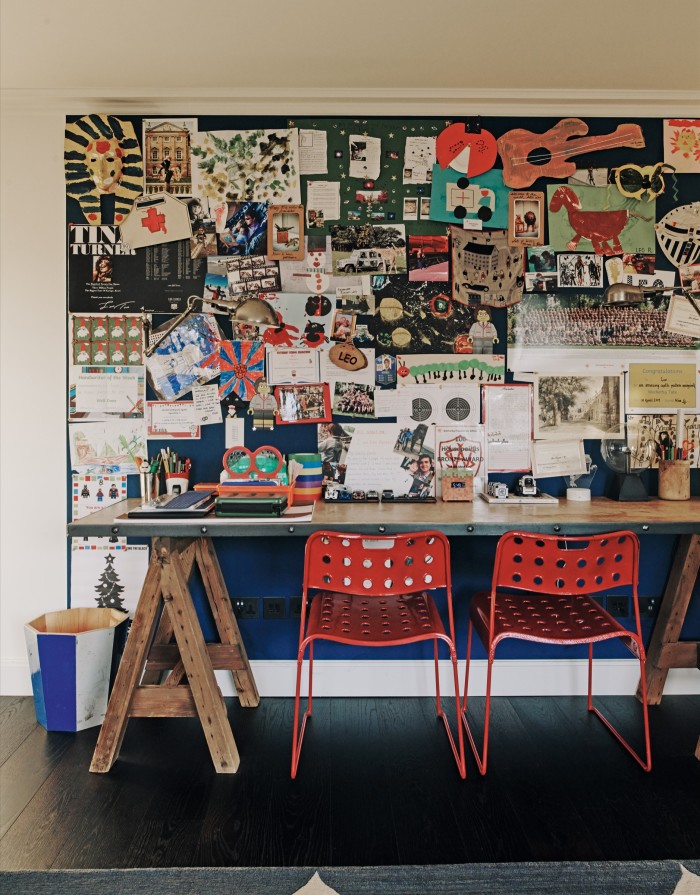
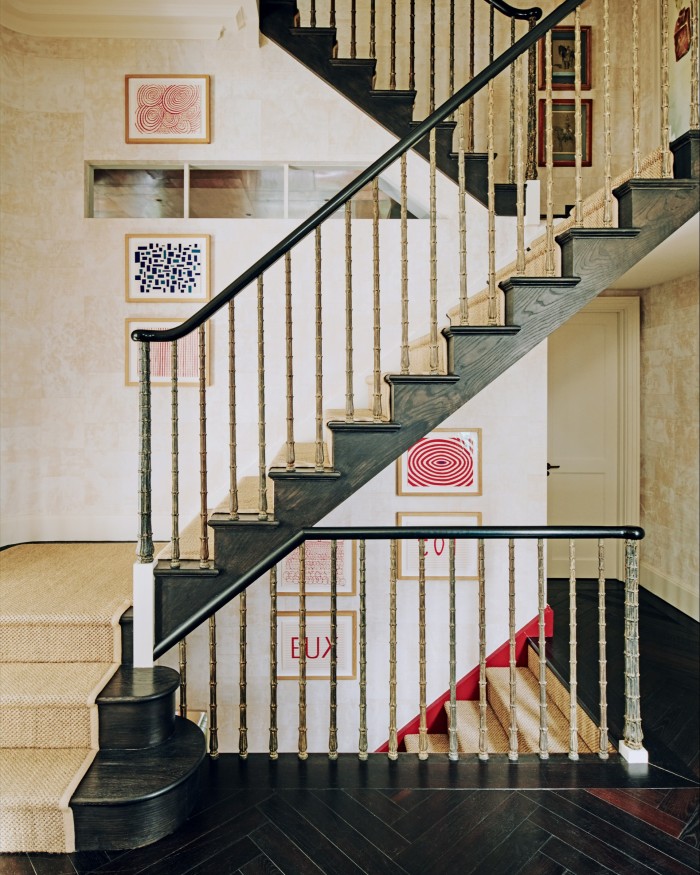
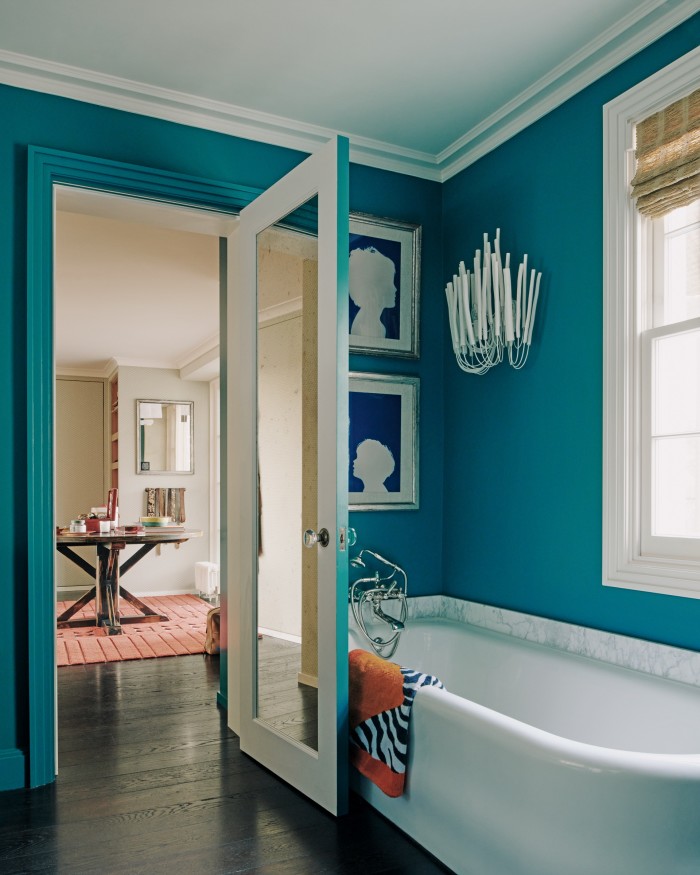
“A friend had a whole bunch of chemists who worked in his company. And we made a powder prototype of the eight most important greens. The chemists thought I was crazy. It tasted horrid.”
Five years and 264 prototypes later (all loyally tasted by her husband), the Russells launched the brand 8Greens. “I was just thinking of a mom-and-pop website for family and friends,” says Dawn of the company’s beginnings. “I was giving it to Jamie’s friends and I gave it to a few of my girlfriends. Then, all of a sudden, retailers were calling me and then Nordstrom launched it in all 119 stores. By the end of day three, one of the Nordstrom brothers called me. He said, ‘You’ve sold out.’”
The Today show got hold of it, as did Ellen and Oprah. Kim Kardashian put the tablets in the goodie basket for her birthday brunch, and they even appeared at the Obama White House. “From New York to a real-life Downton Abbey” ran the headline in People magazine, while Good Morning America screened a segment called “Downton Dream Comes True”. Dawn winces a little at the typecasting: “My naivety was amazing. I think people want to categorise us as part of this whole ‘wellness trend’. I don’t want to be seen as trendy or as a fad, because when did health become a fad?”
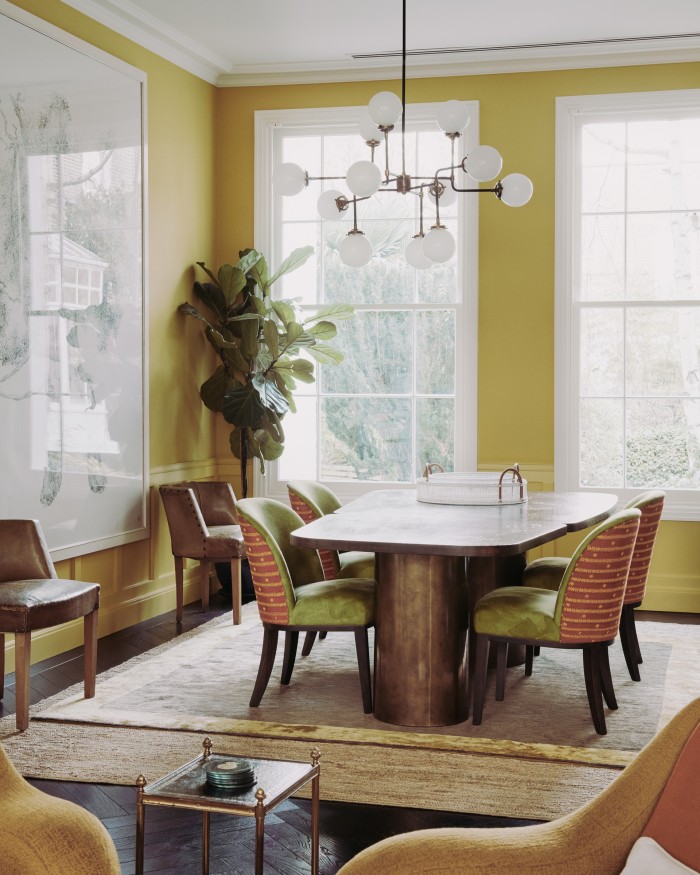
As her company is privately owned, Dawn won’t discuss revenues, although she does list some statistics. “On Amazon in 2020, our original lemon-lime flavour tablet had a 53 per cent conversion rate, which is 455 per cent above average. In its nutritional-supplement category, 8Greens jumped 241 per cent and 400 places against competitors’ rankings, which places it in the top one per cent of its category,” she says, before adding: “Subscriptions provide well over 50 per cent of our revenue – and total revenue has grown over 6,000 per cent since we launched in 2016.”
In 2019, New York-based private-equity company Prelude Growth invested an undisclosed sum into the business. “They help build fast-growing consumer companies,” Dawn explains, “And we wanted their experience.” Jamie has since quit working in clean-energy venture capital to sign up to the 8Greens family business. “People ask me what it is like working with your wife. And I always say the secret is to make different decisions,” he says. “If we both focused on the same stuff, it would be super-hard for two really opinionated strong-willed people. What is great for our kids is that we do something that is really understandable – we are making something.”
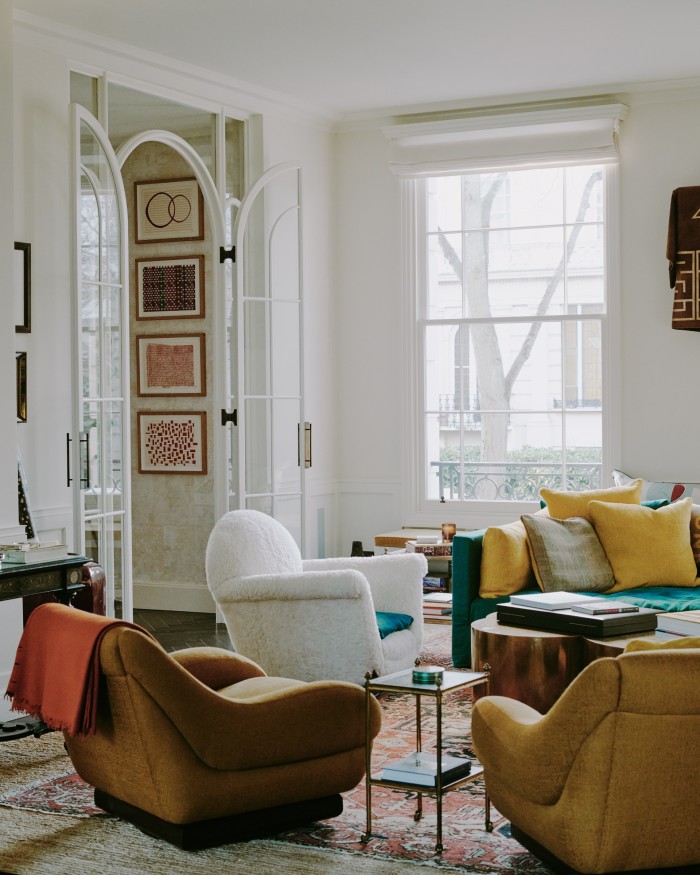
“It’s really sweet,” adds Dawn. “Their teachers tell us that they say their favourite colour is green – they really feel like they are part of it.” In truth, the children have not had much choice – over the past year, the build-up to the UK launch of 8Greens (last October) and plans for a new product range this April (including chewables, gummies and effervescent tablets for the skin) have been run from the family home, where lockdown has vindicated Jamie’s decision to get rid of as many walls as possible. “There were a lot of small rooms so the key thing was to really open it up,” he says. While not quite one room per storey, each floor is in effect a series of open-plan spaces. The basement is practical: the boot room hung with a large Grayson Perry opens onto the “nursery room”, with its home cinema and table football, before turning into a kitchen from which stairs lead to the ground floor and another kitchen. This space gives way to a dining room that is also the back half of a drawing room, opening onto the hall, with the main staircase leading up past the first-floor master bedroom and on to the floor where their sons have their rooms – each equipped with secret hatches opening into the playroom- turned-homeschool classroom, with its alcove upholstered in hand-embroidered animal fabric from Brooklyn.
Just as in their professional lives, where they each work in different areas of the business, so husband and wife have discrete personal dressing rooms that express their characters. Jamie’s is less a man cave and more a treehouse on the top floor, where the walls and ceilings are covered with wallpaper depicting dense foliage. “I always wanted a treehouse growing up,” he says. His grandfather and father, who were known for their dress sense, have bequeathed him an appreciation of clothes, so the suits have a prominent position along one wall arranged either side of a Dutch old-master portrait bought from Dickinson, not because of the sitter but because he could not resist the quality of the painting of the ruff.
Dawn’s dressing room – a complex of spaces off the master bedroom –suggests a boutique in Soho or the Meatpacking District. The large central table on which various trays and boxes of accessories are arranged is scrawled with Dr Seuss quotes and personal messages: “It belongs to my older son. All his godparents have written on it – I’m just borrowing it,” she explains. There are shelves of sneakers and plenty of her beloved Gucci clogs but very few heels – her cancer surgery has left her with no feeling in one of her legs, making stilettos a little difficult to operate. Beyond the footwear, through glass doors, is her office: a cheerful, light-drenched conservatory with an India Mahdavi-designed, octagon-patterned carpet and yolk-yellow walls on which hangs a triptych of Basquiat skateboards. But this is clearly not New York enough – a space in the corner awaits a 2m-high maquette of the Statue of Liberty.
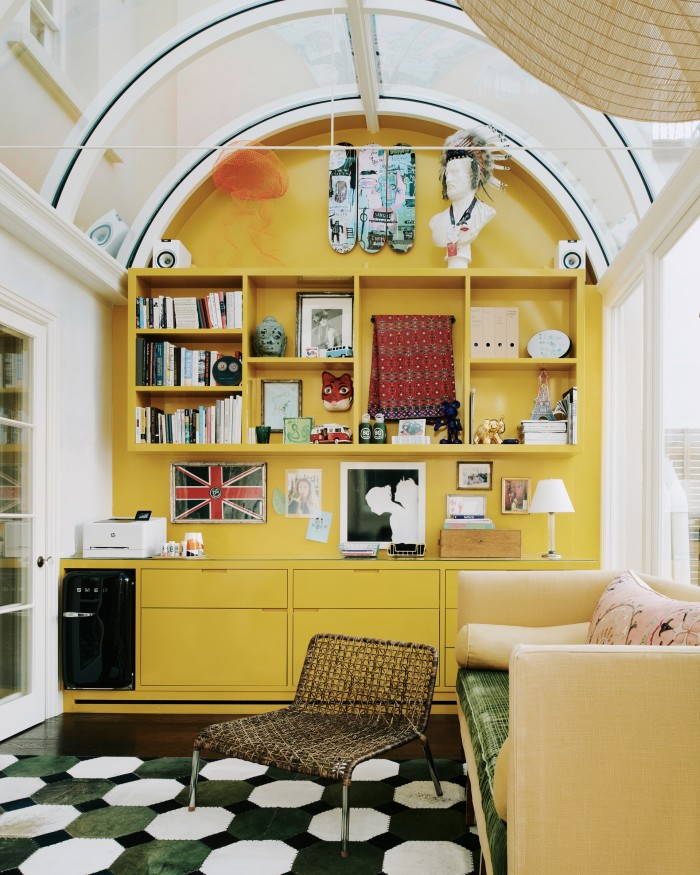
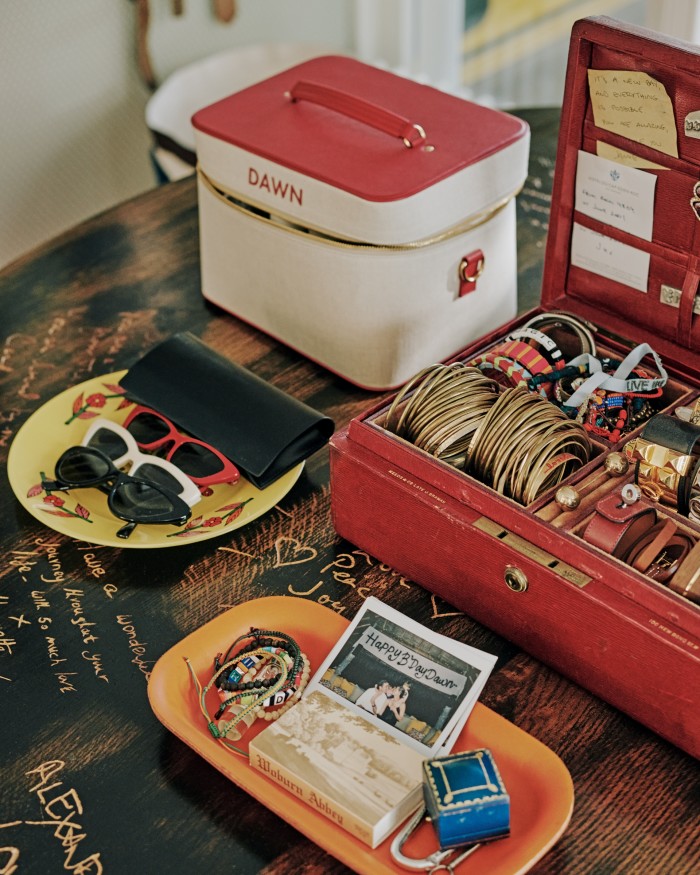
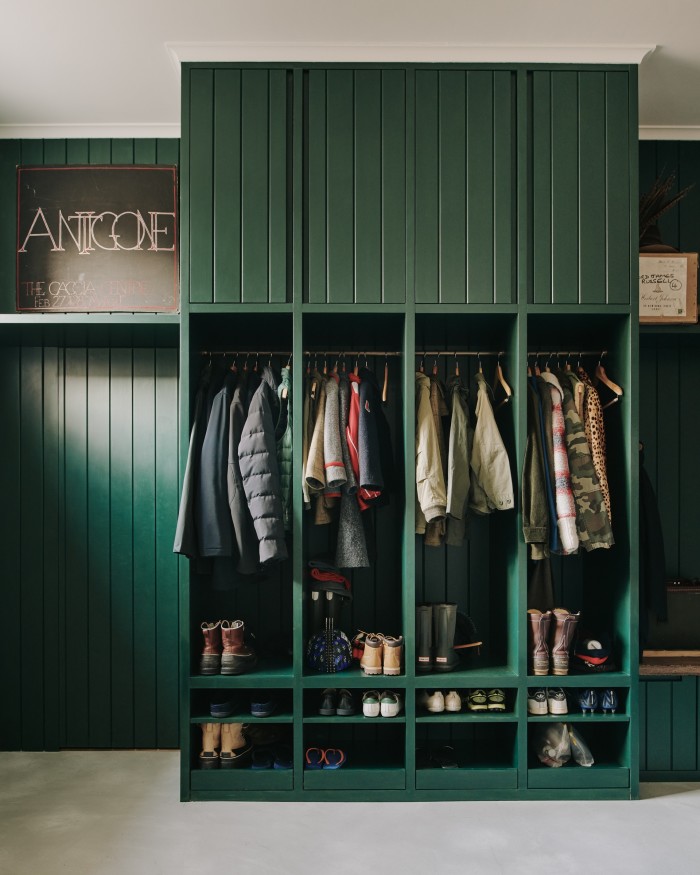
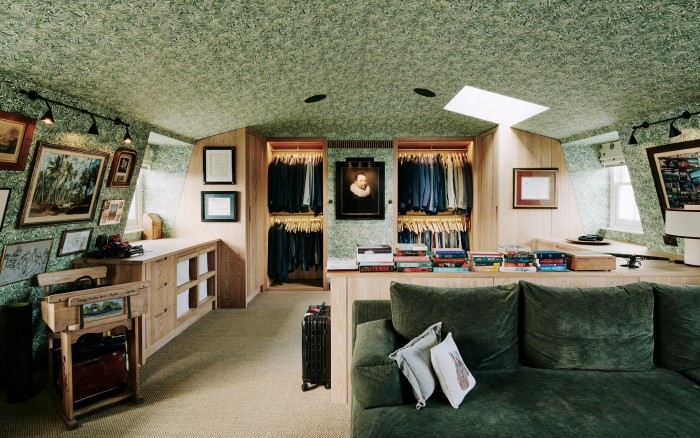
These individual spaces aside, the house brings aspects of their characters together in a 3D autobiography. Like them, it is rich in cultured understatement and its sophistication is worn lightly. There are plenty of pieces that in other, less confident hands would have wound up displayed as trophies, but here are casually arranged so as to reveal themselves in time. For example, the suite of a dozen or so abstract geometric works scattered across the walls of the main entrance hall turn out to be by Louise Bourgeois, and the exquisite pencil drawing of an elephant peeking out from the back of a bookshelf, below a cherry-red leather-bound set of the complete works of Dickens, just happens to be a Henry Moore. An early-18th-century ebony table with mother-of-pearl inlay that came from Woburn Abbey is where their son Leo, a budding DJ, has set up his mixing deck.
“We wanted it to be very family-friendly – we didn’t want our kids to feel like there were rooms that were off-limits,” says Dawn, highlighting the juxtaposition of items from different centuries, countries and cultures.
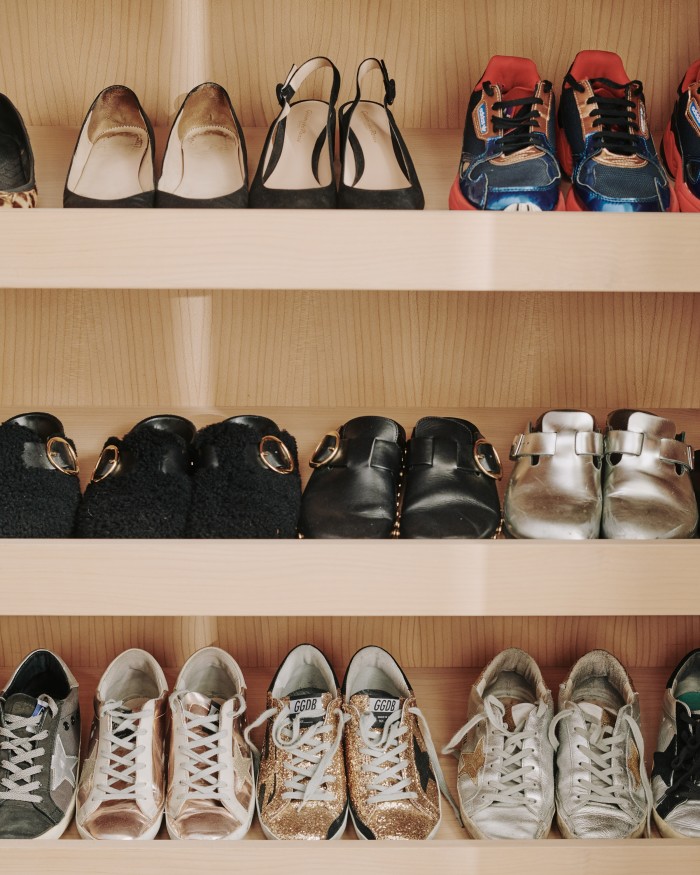
In the drawing room, a vast pop art-era brass and lapis-lazuli sofa table from a Paris antique shop is “probably the heaviest coffee table in England”. Jamie’s maternal grandfather’s favourite armchair is now upholstered in sheepskin. And a 19th-century Japanese fireman’s kimono hangs on the wall between two large sash windows. “You can tell it is a fireman’s kimono because it’s made of leather,” explains Jamie. A Bhutanese wheel of health in 24ct gold leaf – “I travelled the world trying treatments to compensate for the fact that I couldn’t have chemoradiation,” says Dawn, “so the wheel of health is important to me” – hangs near an 18th-century landscape by Richard Wilson, who influenced a later generation of landscape painters including Constable and Turner.
With the eye being dragged around the room, it would be easy to miss a trio of works seemingly grouped to deliberately show their differences: a Donald Robertson, an Avedon and a Salvador Dalí – an interesting combination that becomes even more interesting when one learns that the Avedon is of Jamie’s mother, a noted beauty of the 1960s. There is more of the glamorous duchess around the corner, where a cluster of family photos are arranged around a yellow handbill, which on closer inspection turns out to be a flyer for the 1968 Woburn Festival, which was headlined by Jimi Hendrix: an earlier generation of American to visit the Abbey. One can only wonder what Henry James would have made of that.
Comments